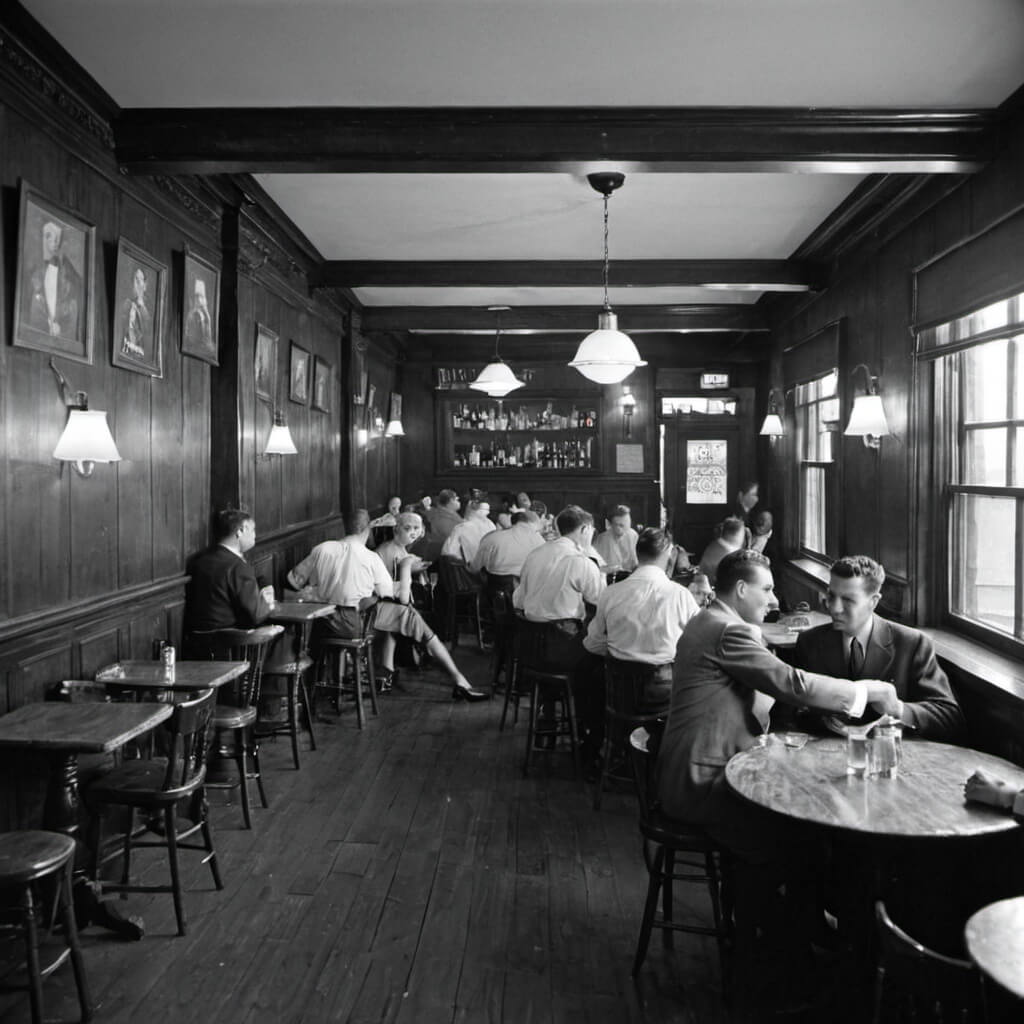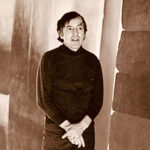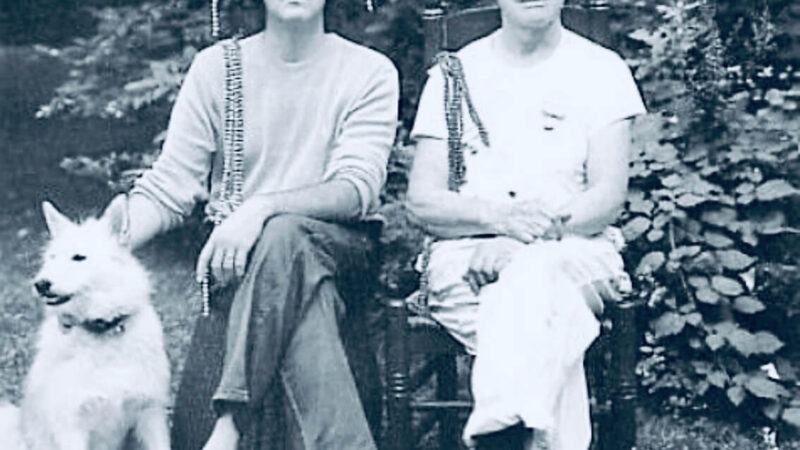Cedar Tavern Bar and the Abstract Expressionists
Imagine stepping into the Cedar Tavern in New York City during the 1950s. The smoky haze, the hum of animated conversations, and the clinking of glasses create an ambiance thick with creative energy. This is the haunt of the Abstract Expressionists, a group of artists who redefined the art world with their radical approach to painting. The Cedar Tavern was not just a bar; it was a crucible of innovation, a place where art history was written over drinks and debates.

The Atmosphere
The Cedar Tavern, located in Greenwich Village, was more than just a watering hole. It was a sanctuary for artists, poets, and thinkers. The wooden bar, the worn-out stools, and the dim lighting gave it a rustic charm. The walls, adorned with paintings and sketches, bore witness to countless nights of artistic camaraderie and intense discussions. This was the place where artists came to unwind, to argue, and to find inspiration.
The Patrons
The bar was frequented by some of the most influential artists of the time. Imagine sitting next to Jackson Pollock, known for his revolutionary drip paintings. Pollock, with his brooding presence and intense gaze, often held court at the bar, engaging in fervent discussions about art and technique. He was known for his volatile temper, and many a night at the Cedar was marked by his passionate outbursts.
At another table, you might find Willem de Kooning, a towering figure in Abstract Expressionism. De Kooning’s works, characterized by their raw energy and bold brushstrokes, mirrored his dynamic personality. He was often seen deep in conversation with his peers, cigarette in hand, dissecting the nuances of their craft.
The Conversations
The Cedar Tavern was a hotbed of ideas. The conversations here were as varied as the patrons themselves. On any given night, you could hear debates about the role of spontaneity in art, the importance of form versus color, or the influence of European modernism on American painting. These discussions were not confined to art alone; they often spilled over into politics, philosophy, and literature.
One of the frequent topics was the nature of Abstract Expressionism itself. The artists debated whether it was about the process or the end result, whether the act of painting was more important than the painting itself. These conversations were not just intellectual exercises; they were fundamental to the development of their artistic practices.
The Drama
The Cedar Tavern was also a stage for personal dramas. The artists’ lives were as turbulent as their artworks. Jackson Pollock’s struggles with alcoholism were well-known, and his behavior at the tavern could be unpredictable. There were nights when he was the life of the party, and nights when he would storm out in a fit of rage.
The relationships among the artists were complex and often fraught with tension. Friendships were forged and broken over the course of many nights at the Cedar. The bar saw its share of arguments, reconciliations, and everything in between. It was a place where egos clashed, but also where mutual respect and admiration flourished.
The Influence
The influence of the Cedar Tavern on the Abstract Expressionists cannot be overstated. It was a place where ideas were exchanged and challenged, where artists found both support and criticism. The tavern provided a sense of community, a refuge from the often solitary nature of their work. It was here that they could test their theories, share their successes and failures, and find inspiration in each other’s company.
The Cedar Tavern was more than just a physical space; it was a symbol of a movement. The nights spent here, the conversations, the arguments, and the camaraderie all played a crucial role in shaping the course of Abstract Expressionism. The artists who gathered at the Cedar created not only a new way of painting but also a new way of thinking about art.
A Night to Remember
So, if you could step back in time and spend a night at the Cedar Tavern, what would you experience? You would be immersed in a world of creativity and passion, surrounded by some of the greatest artists of the 20th century. You would witness firsthand the intensity of their discussions, the depth of their friendships, and the fervor of their debates.
A night at the Cedar Tavern was not just about the drinks and the conversations; it was about being part of a moment in history. It was about experiencing the raw energy of a movement that changed the art world forever. The Cedar Tavern was the heart and soul of Abstract Expressionism, and a night spent there was a night spent in the company of legends.





Hi, this is a comment.
To get started with moderating, editing, and deleting comments, please visit the Comments screen in the dashboard.
Commenter avatars come from Gravatar.